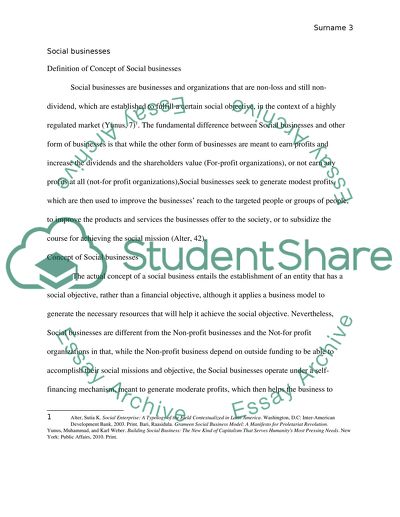Cite this document
(“International Marketing and Real Estate Research Paper”, n.d.)
International Marketing and Real Estate Research Paper. Retrieved from https://studentshare.org/marketing/1403903-international-marketing-and-real-estate
International Marketing and Real Estate Research Paper. Retrieved from https://studentshare.org/marketing/1403903-international-marketing-and-real-estate
(International Marketing and Real Estate Research Paper)
International Marketing and Real Estate Research Paper. https://studentshare.org/marketing/1403903-international-marketing-and-real-estate.
International Marketing and Real Estate Research Paper. https://studentshare.org/marketing/1403903-international-marketing-and-real-estate.
“International Marketing and Real Estate Research Paper”, n.d. https://studentshare.org/marketing/1403903-international-marketing-and-real-estate.


